Market Update in British Columbia
Silverman Mortgage | March 7, 2018
Market Update in British Columbia
Silverman Mortgage Group | 604.532.3824
Trust | Strategy | Freedom
Langley City and Langley Township
Langley was established in 1873 and is often viewed as a country town. The Township of Langley inhabits about 118,000people, whereas Langley City’s populationis around 26,000.
According to zolo.cathe current average home price in Langley is listed at $784,000, this is over a $30,000 increase from December 2017- January 2018. From the last 28 days, the amount of houses sold were 163.
Top things to doin Langley City are Fort Langley National Historic Site, which is the old trading post for the Hudson’s Bay Company, the Greater Vancouver Zoo, the Canadian Museum of Flight, and the Hayward lake for hiking, swimming, and exploring.
Local attractionsin Langley Township include Eagle Acres, the Langley Centennial Museum and Exhibition Centre, the B.C. Farm Museum, and the CN Station.
For more information on Langley City or Langley Township, please visit their local homepages at http://www.city.langley.bc.ca/city-servicesor https://www.tol.ca/.
Surrey
Surrey is a suburban city and is the second largest city in British Columbia, next to Vancouver, with a population of 518,000.
Zolo.castates that the average home price for Surrey, BC is $695,000, which is a $40,000 decrease from December 2017-January 2018, and in the past 28 days 446 homes have been sold.
Surrey is known for their outdoor recreation and parks. Local attractionsinclude the Crescent Beach, Redwood Park, Blackie Spit Park, Peace Arch, and the Peace Arch Park.
To learn more about Surrey, please visit their local webpage http://surrey.ca/.
White Rock
White Rockwas named after a glacier erratic, a large white boulder located on the beach. It is said that the white rock arrived and crystallized during the last glaciation. Nowadays, the rock is constantly painted white by the city to keep the symbol of the town and the town’s name, connected.
The average home price for White Rock, is $744,000 according to zolo.ca, this has dropped $240,000 since December 2017-January 2018. With this drastic decline in the housing market, now would be a great time to buy a home in White Rock. The amount of homes sold here in the past 28 days is 31.
White rock is boarded by Semiahmoo Bay, which makes most of the local attractions water related activities. Top things to do in White Rock include the pier and promenade, White Rock Sea Tours for dolphin and whale watching, and the White Rock Museum and Archives.
For more information on the community, arts and culture, business, or city services, please visit https://www.whiterockcity.ca/.
Maple Ridge
Maple Ridge prides themselves on their active citizens throughout the community, and the wide range of opportunities available here. This includes, sports, arts, environmentalism and community development. Their population is around 83,000.
Maple Ridge current housing price is listed as $660,000 on zolo.ca. This has been about a $70,000 increase from December 2017-January 2018. The number of homes sold in the last 28 days are 135.
Due to Maple Ridge picturesque location, local attractionsinclude the Golden Ears Provincial Park, Alouette Lake, Kanaka Creek Riverfront Trail, and the ACT Arts Centre.
For city news, maps, careers, or other general information on the city, please visit http://mapleridge.ca/.
If you are looking for a home loan in the greater British Columbia, or would just like to have more information, please contact your local mortgage broker today at 604-532-3824 .





